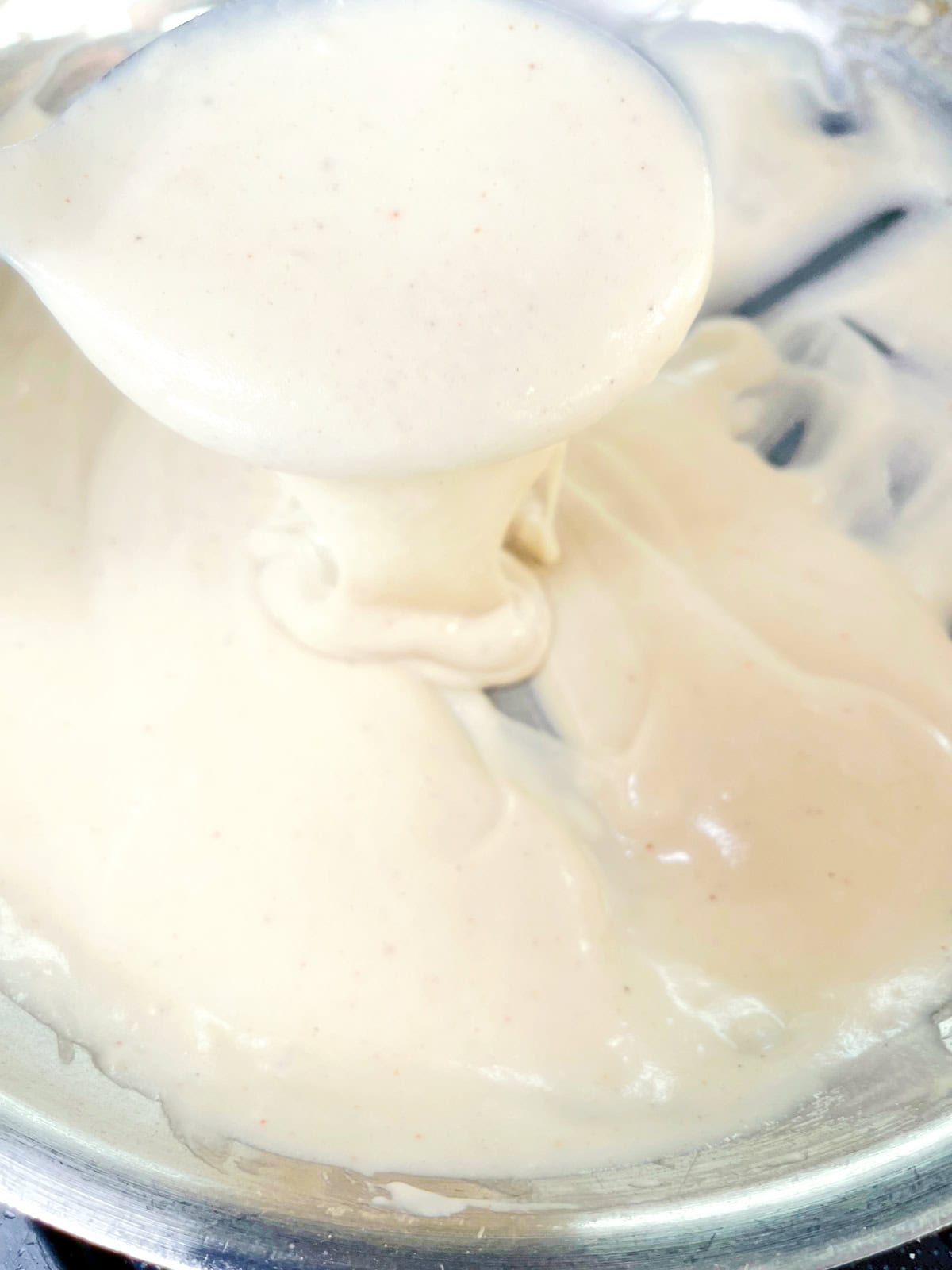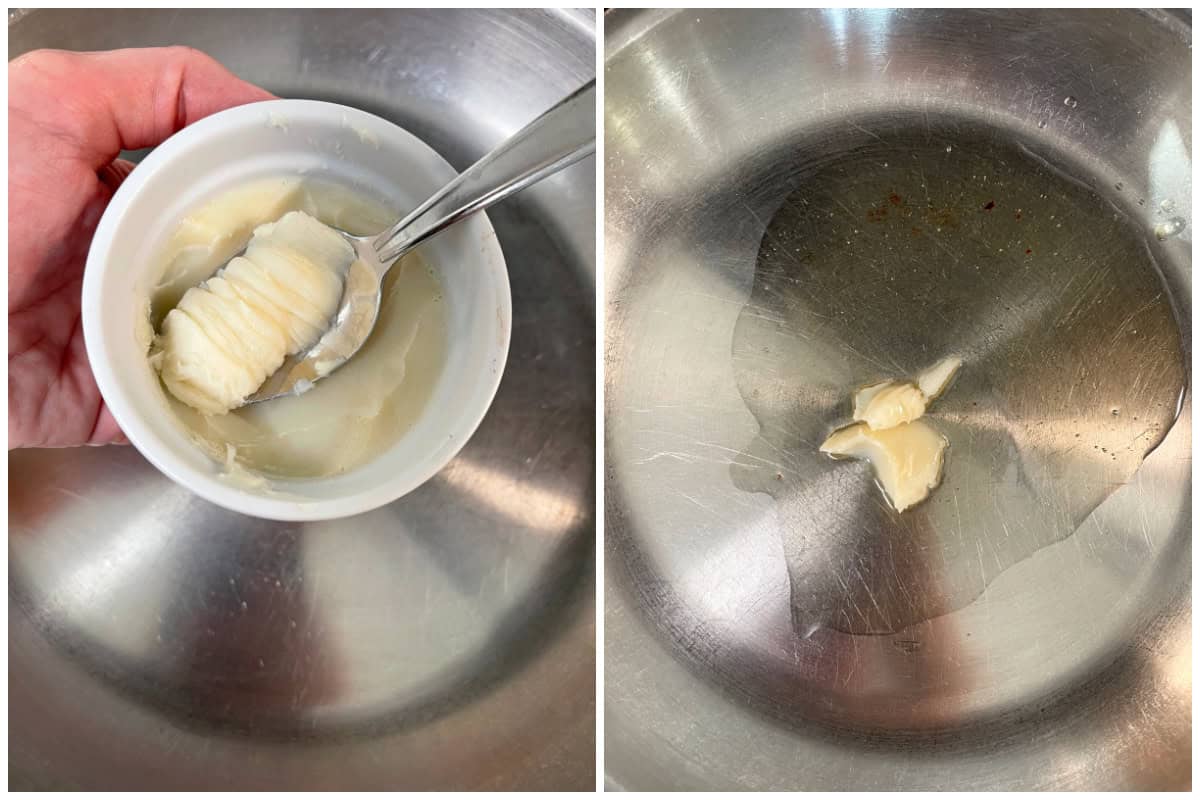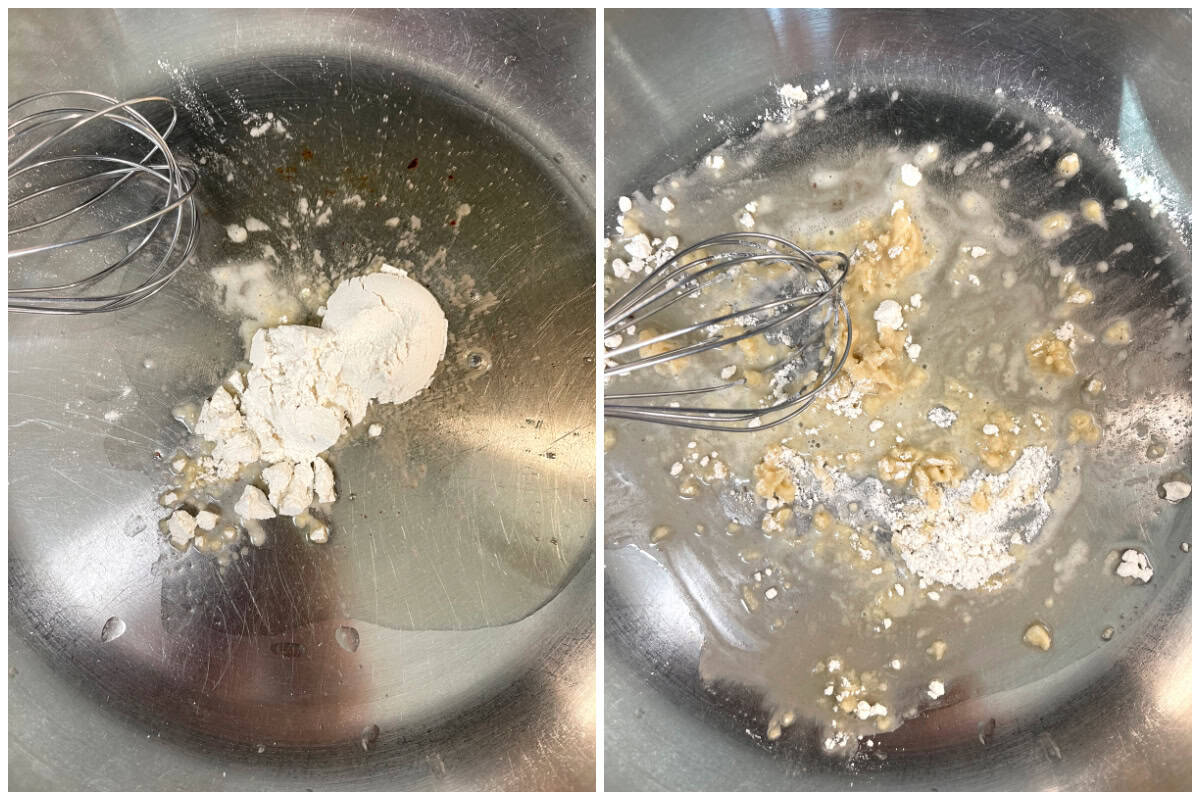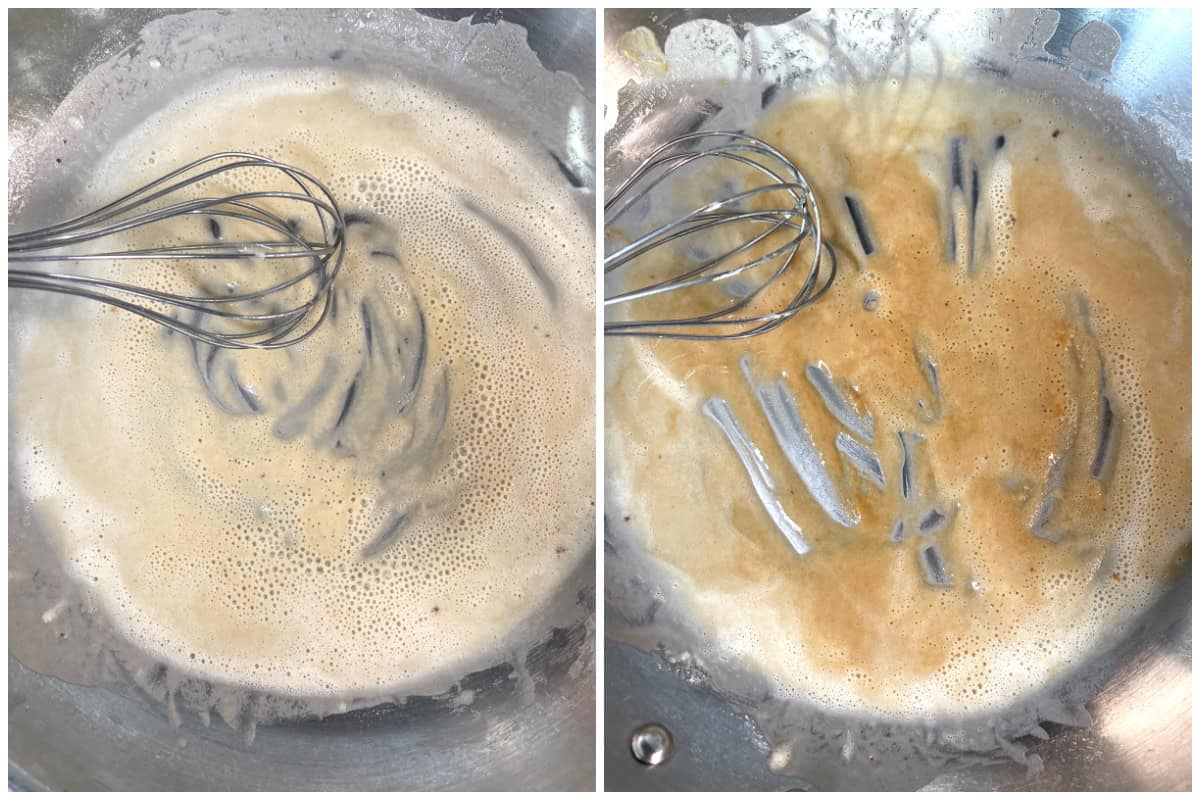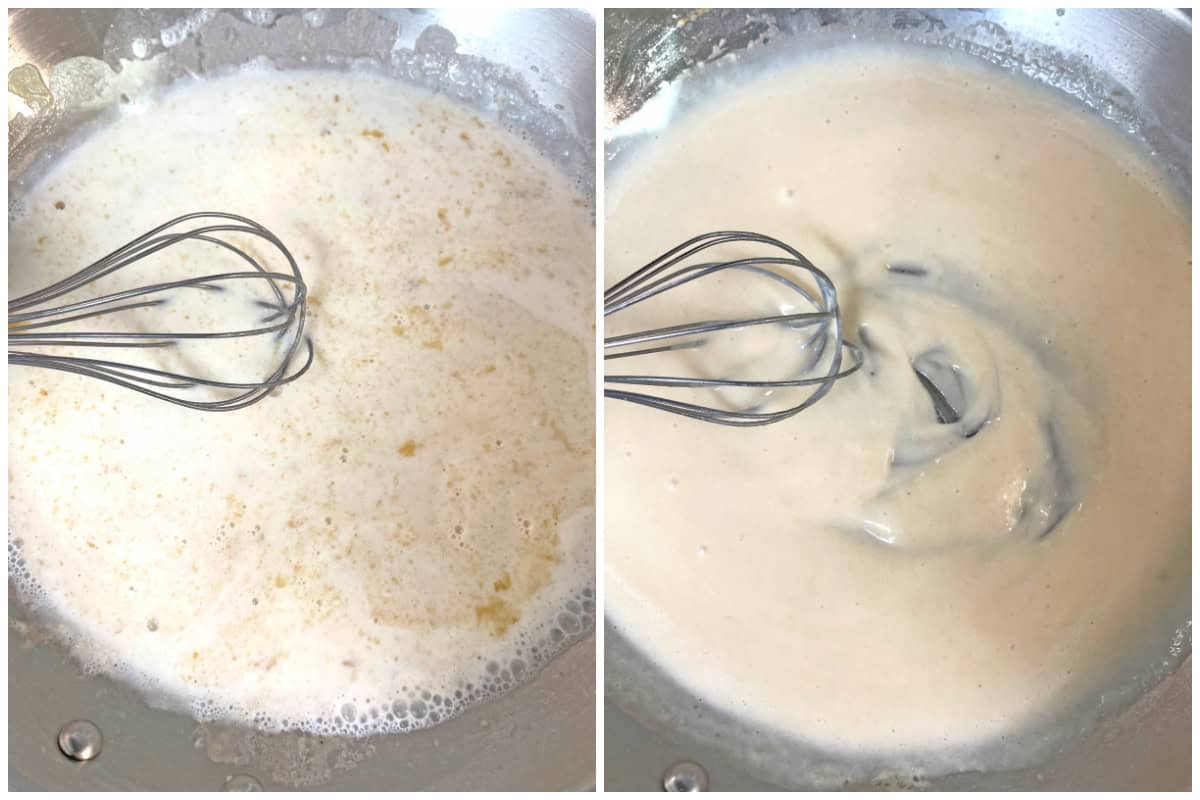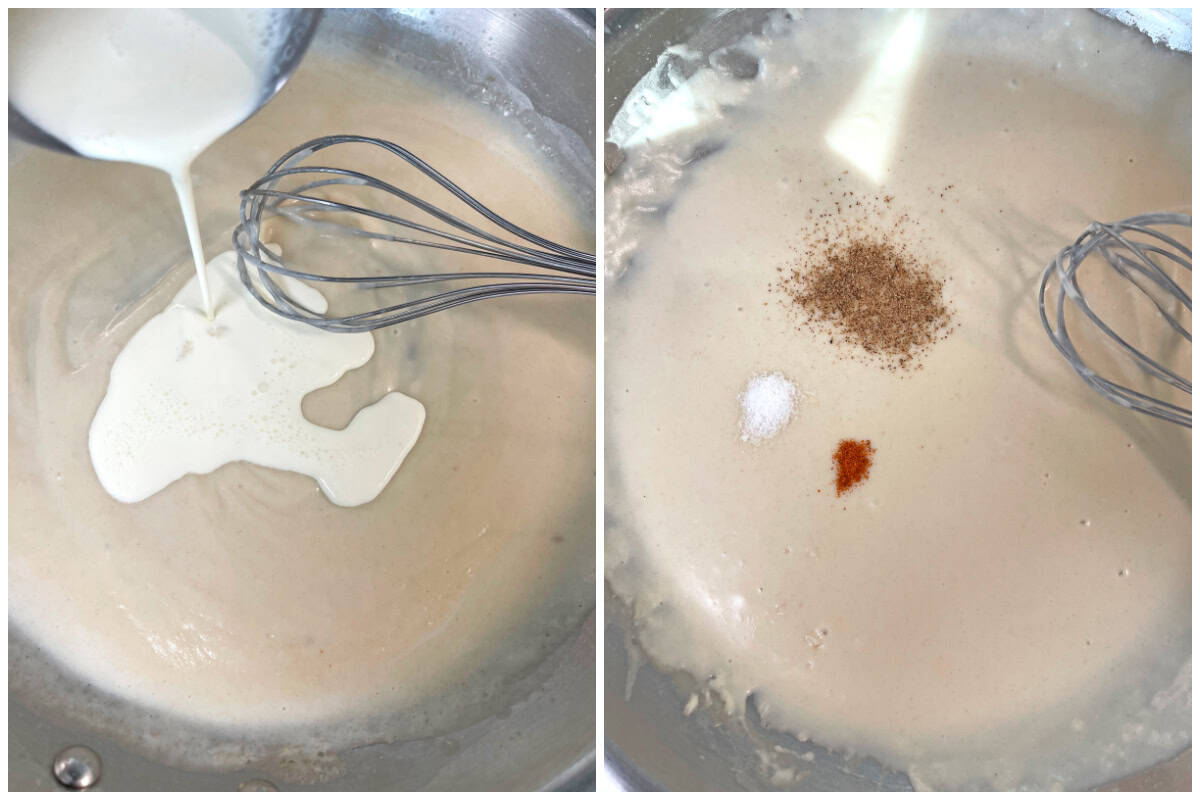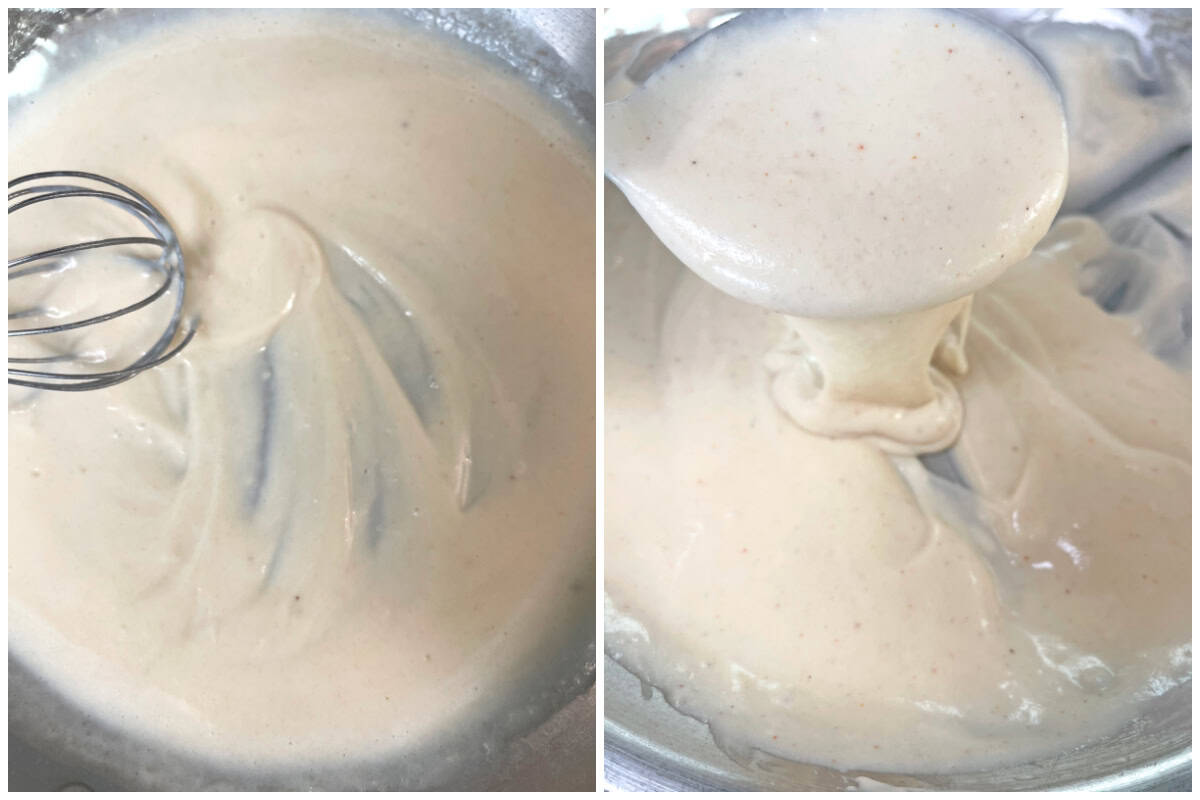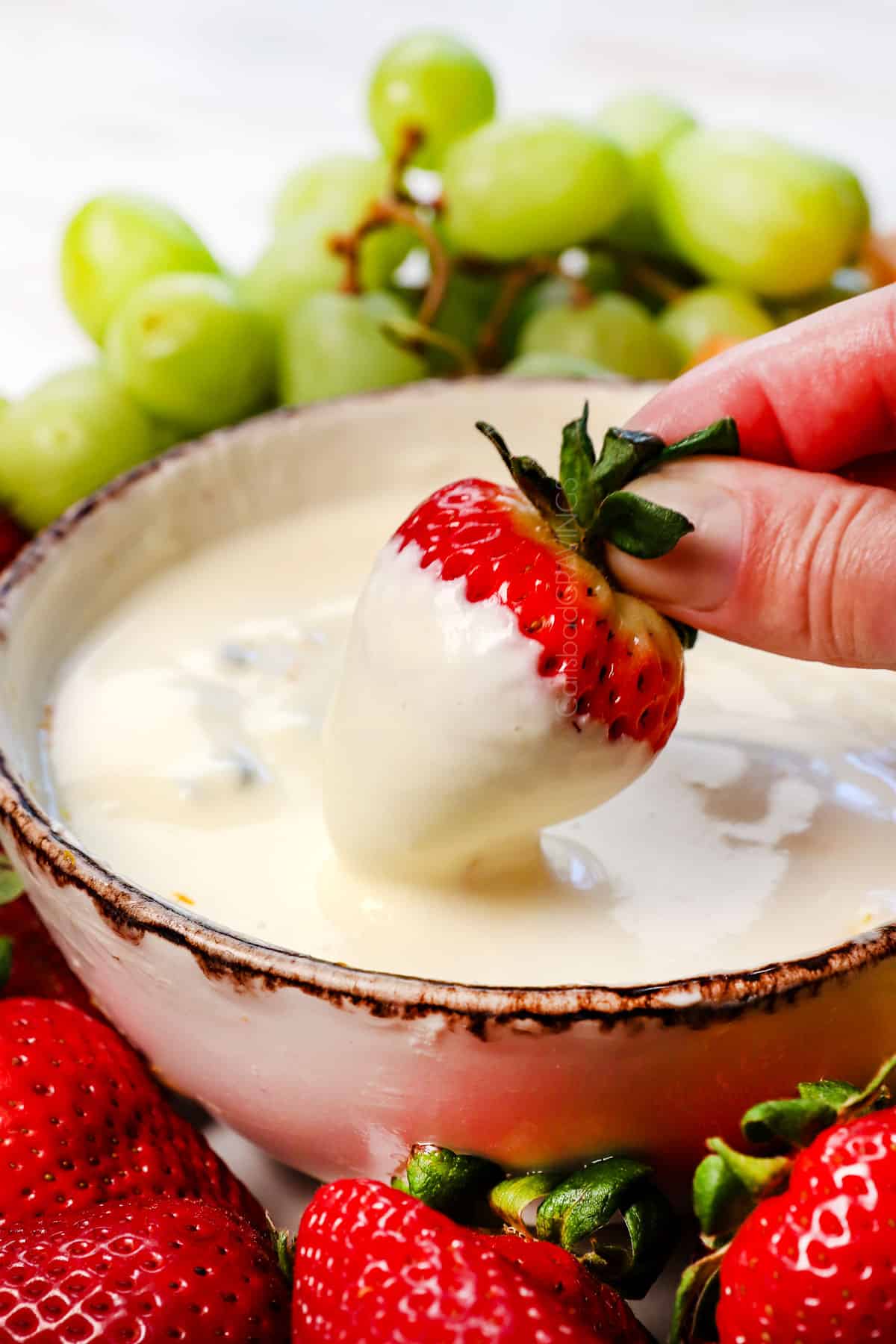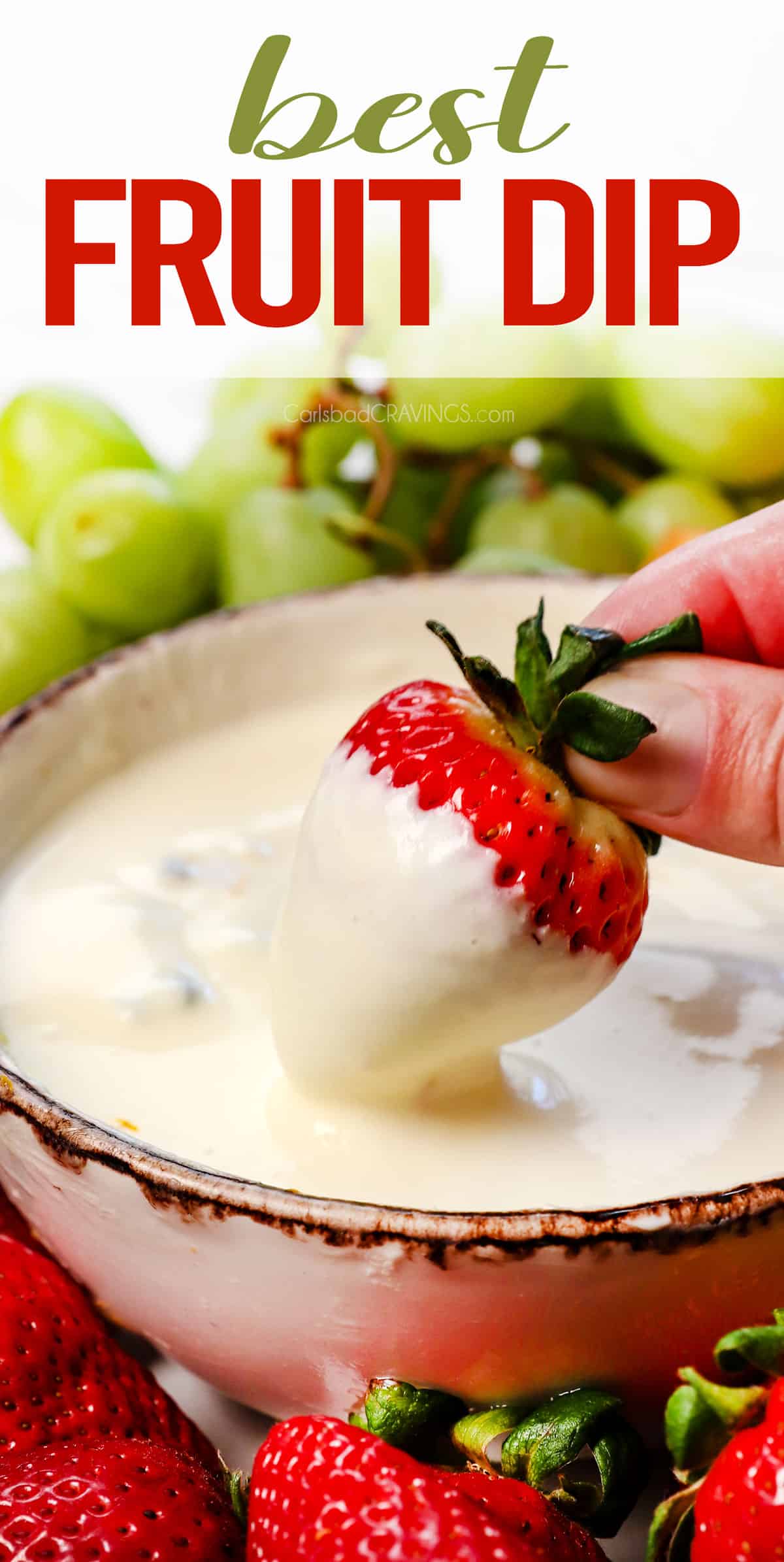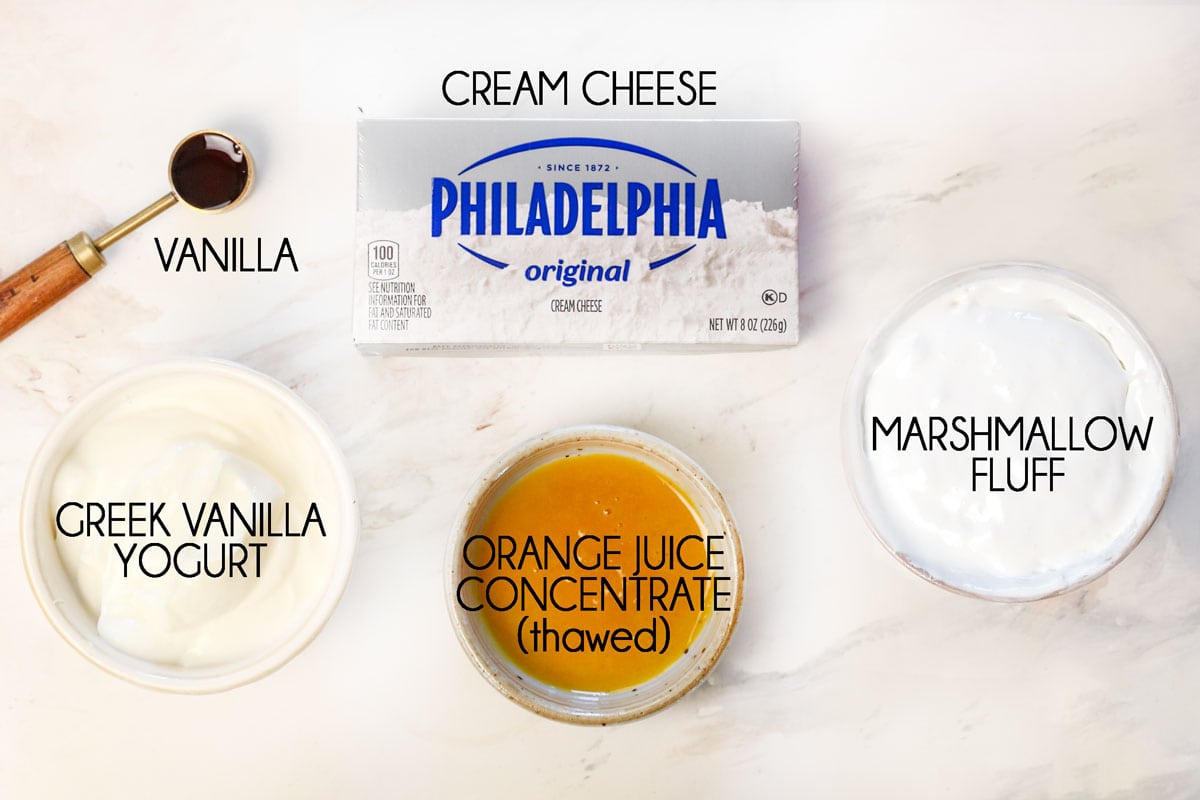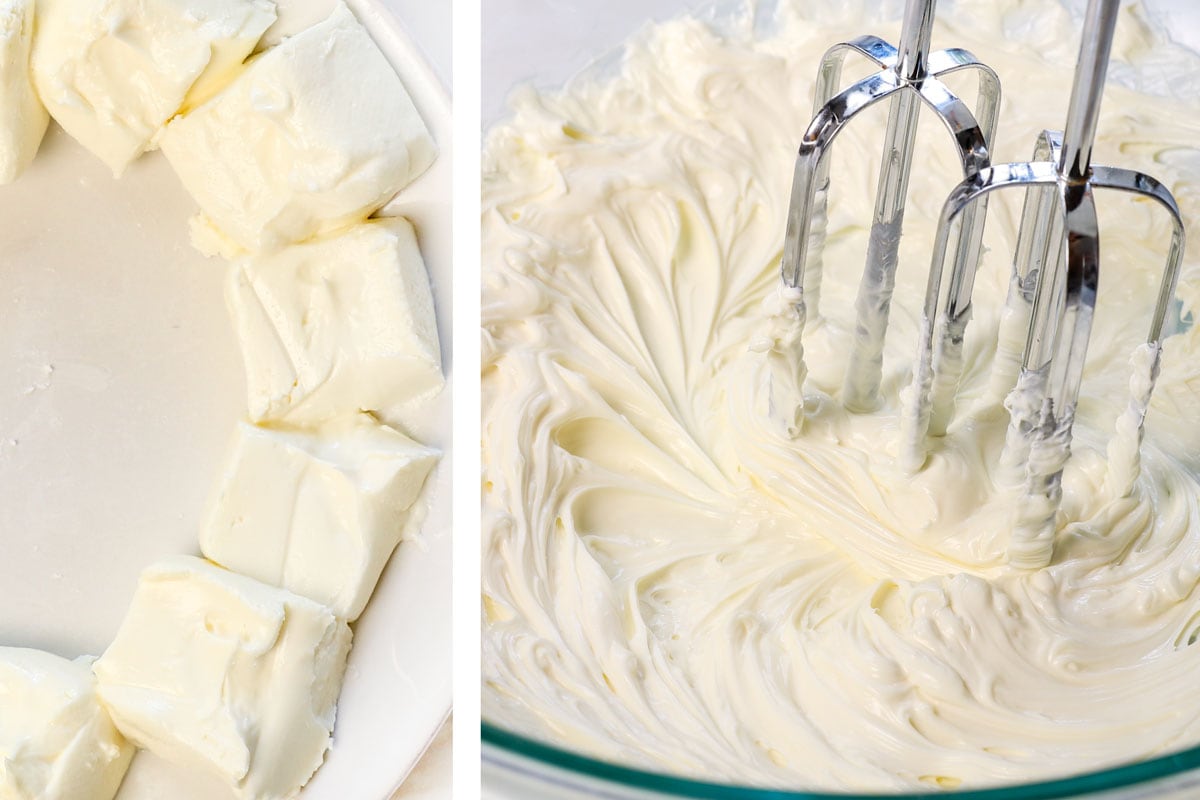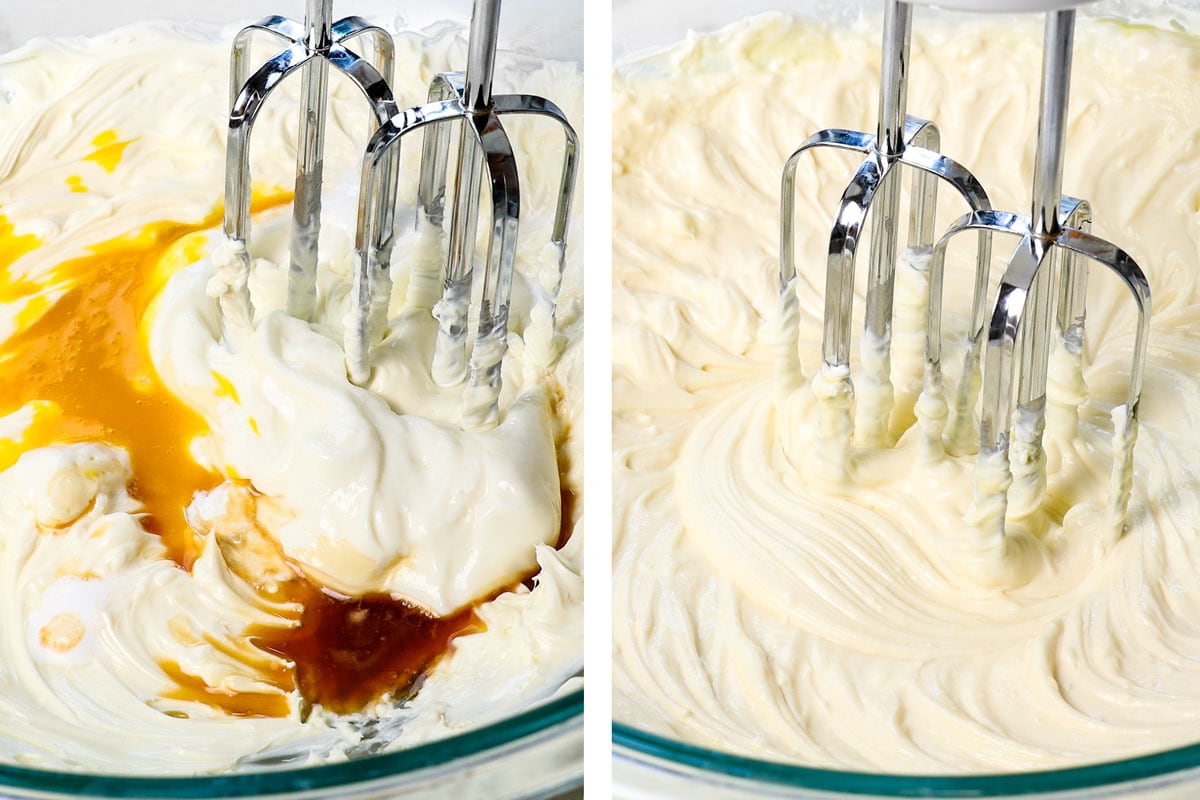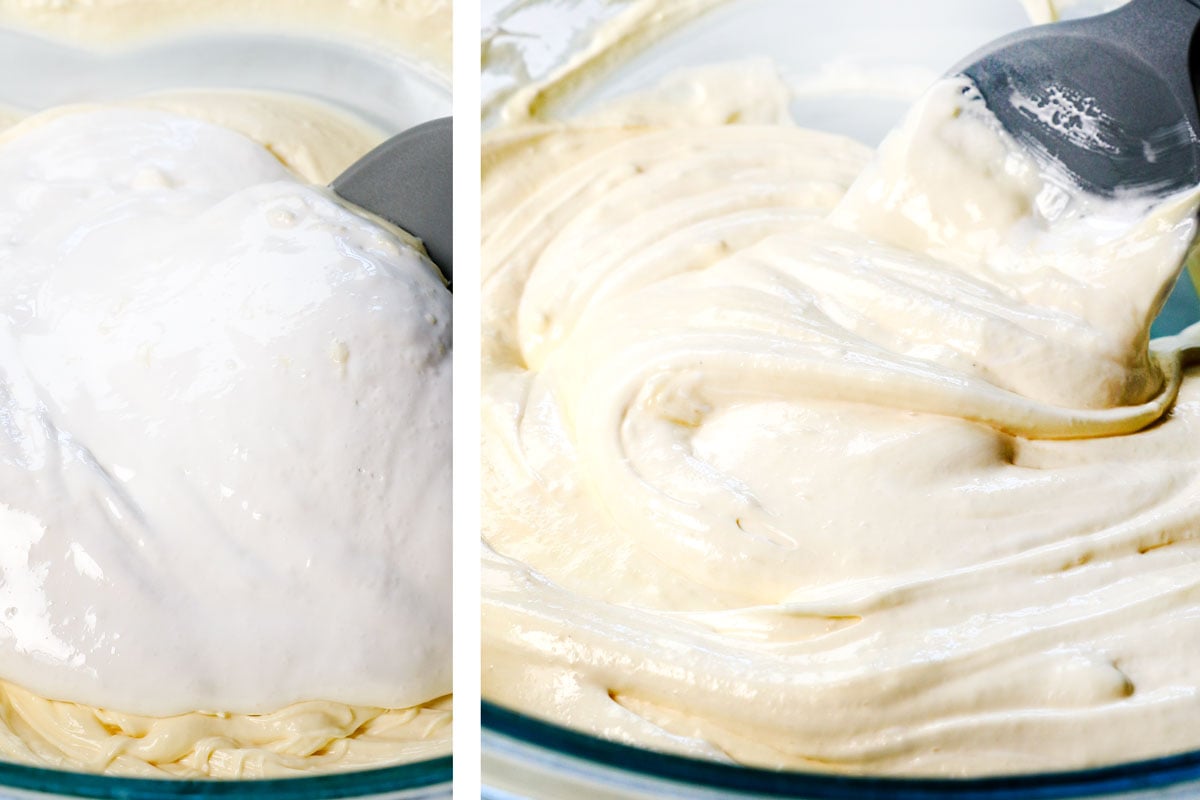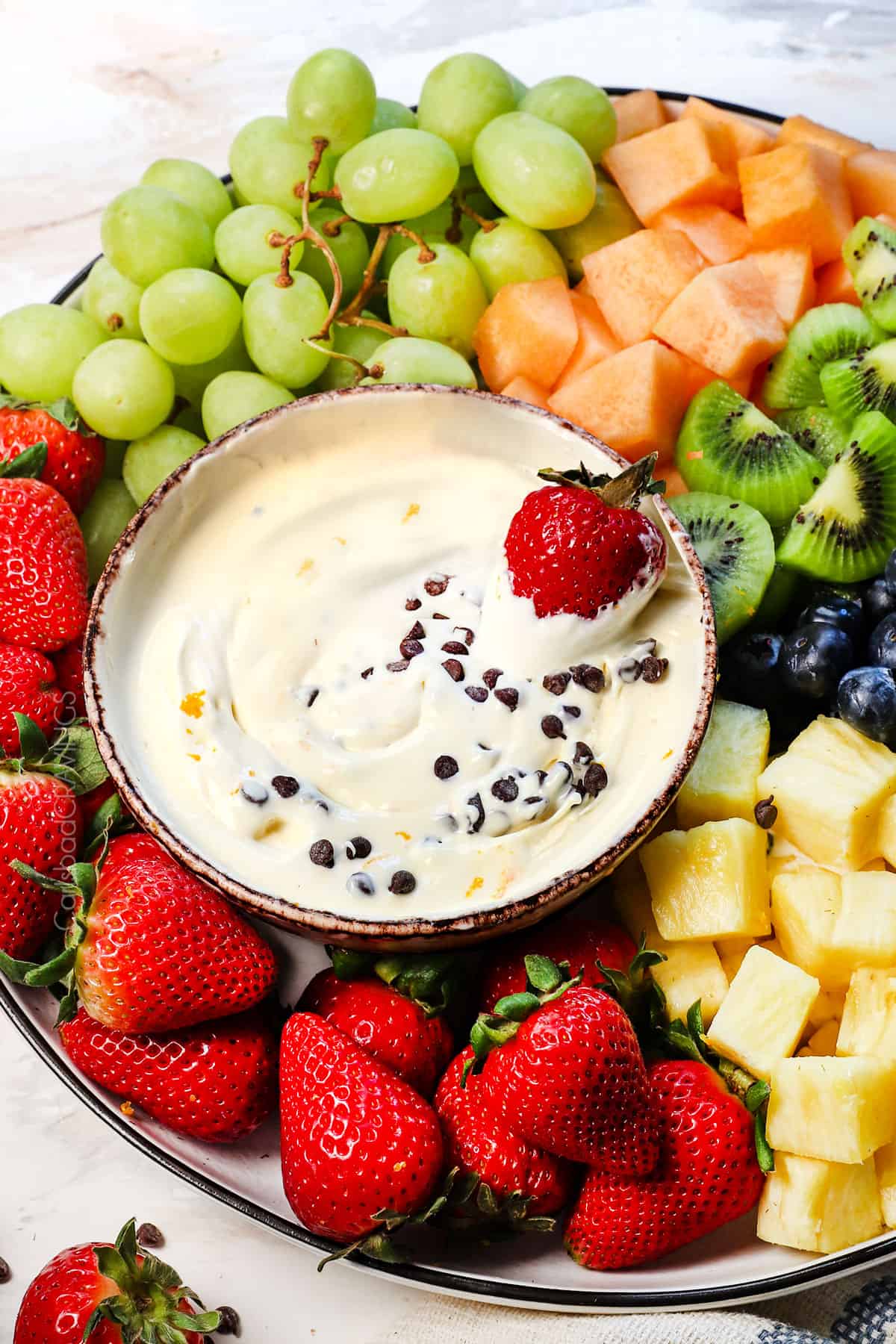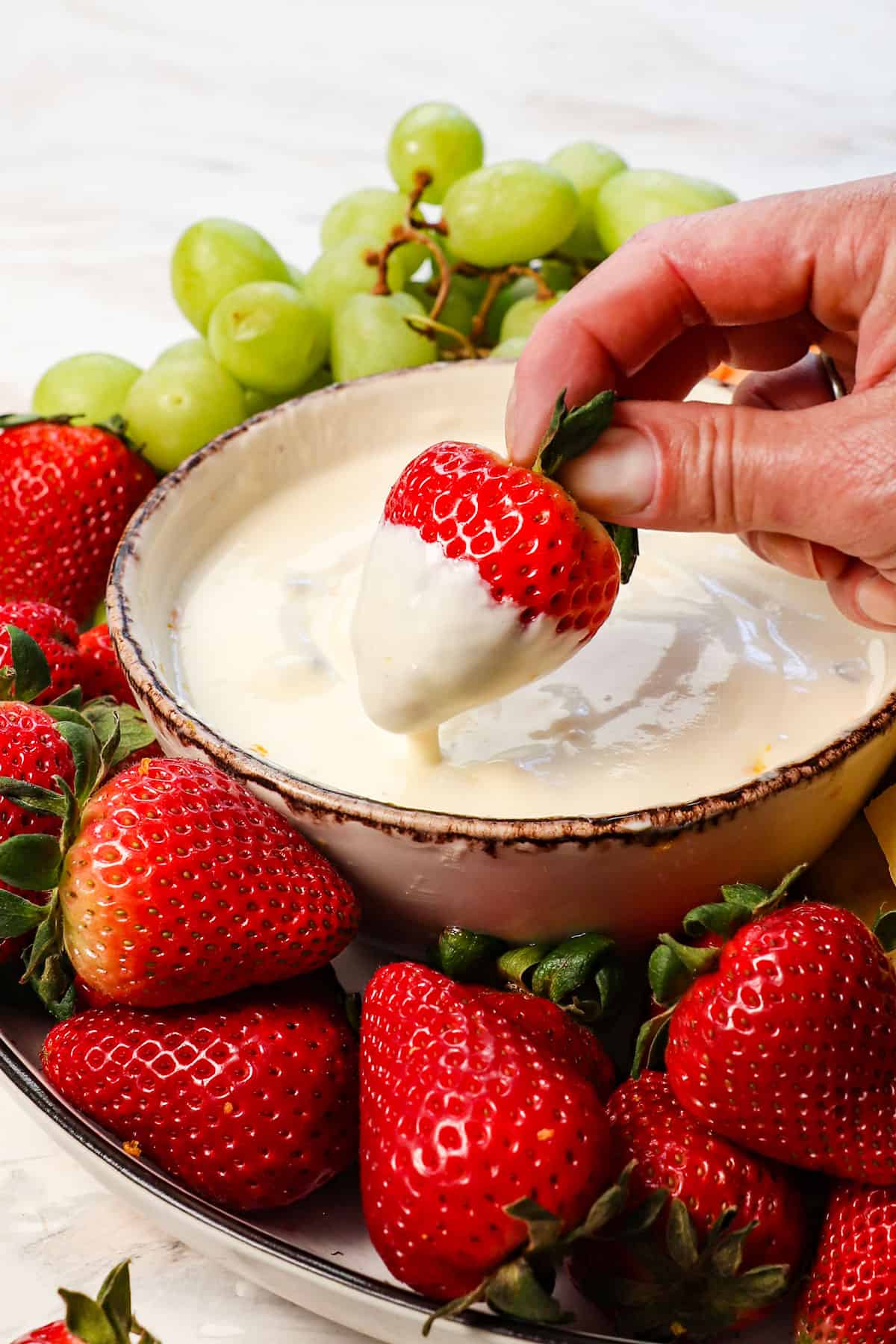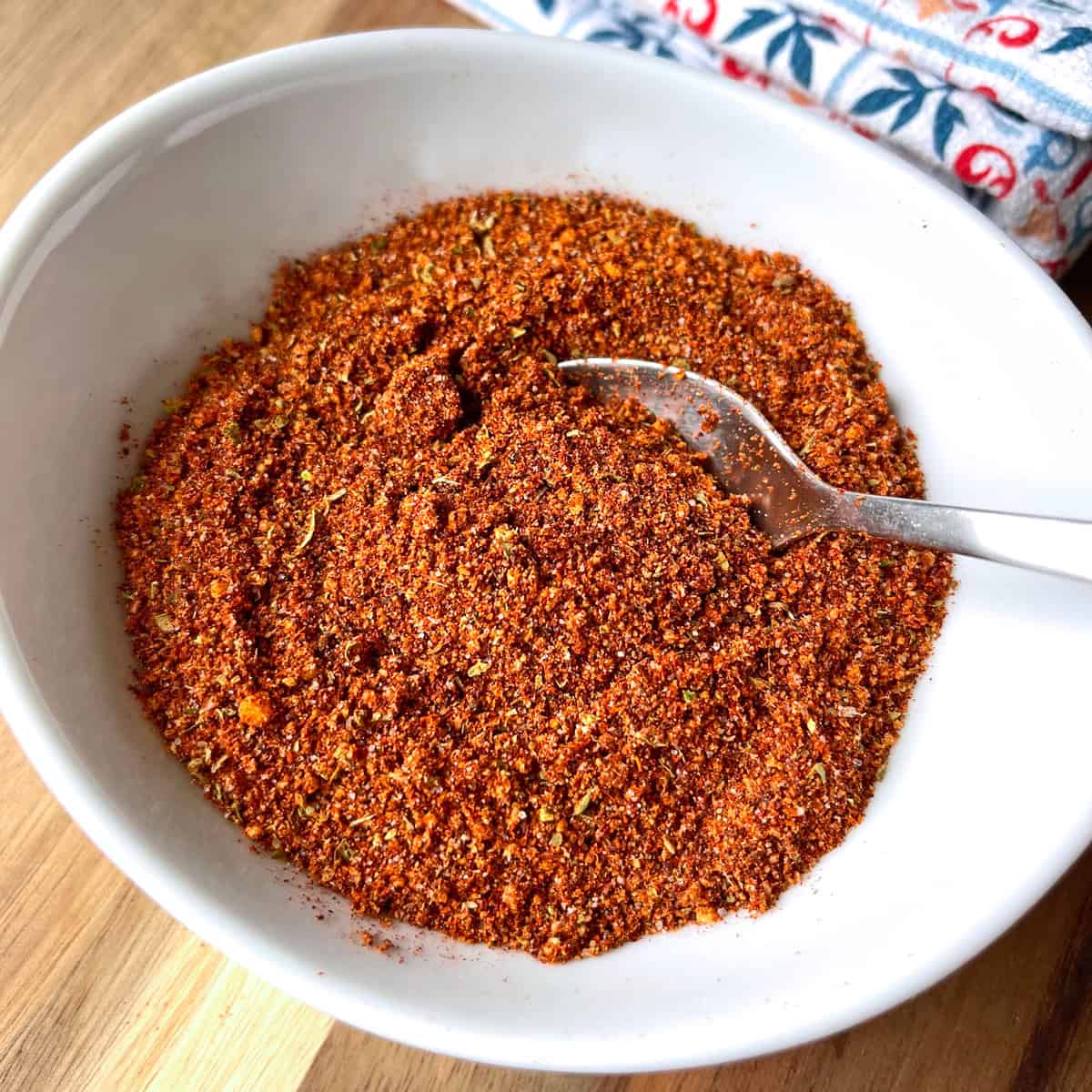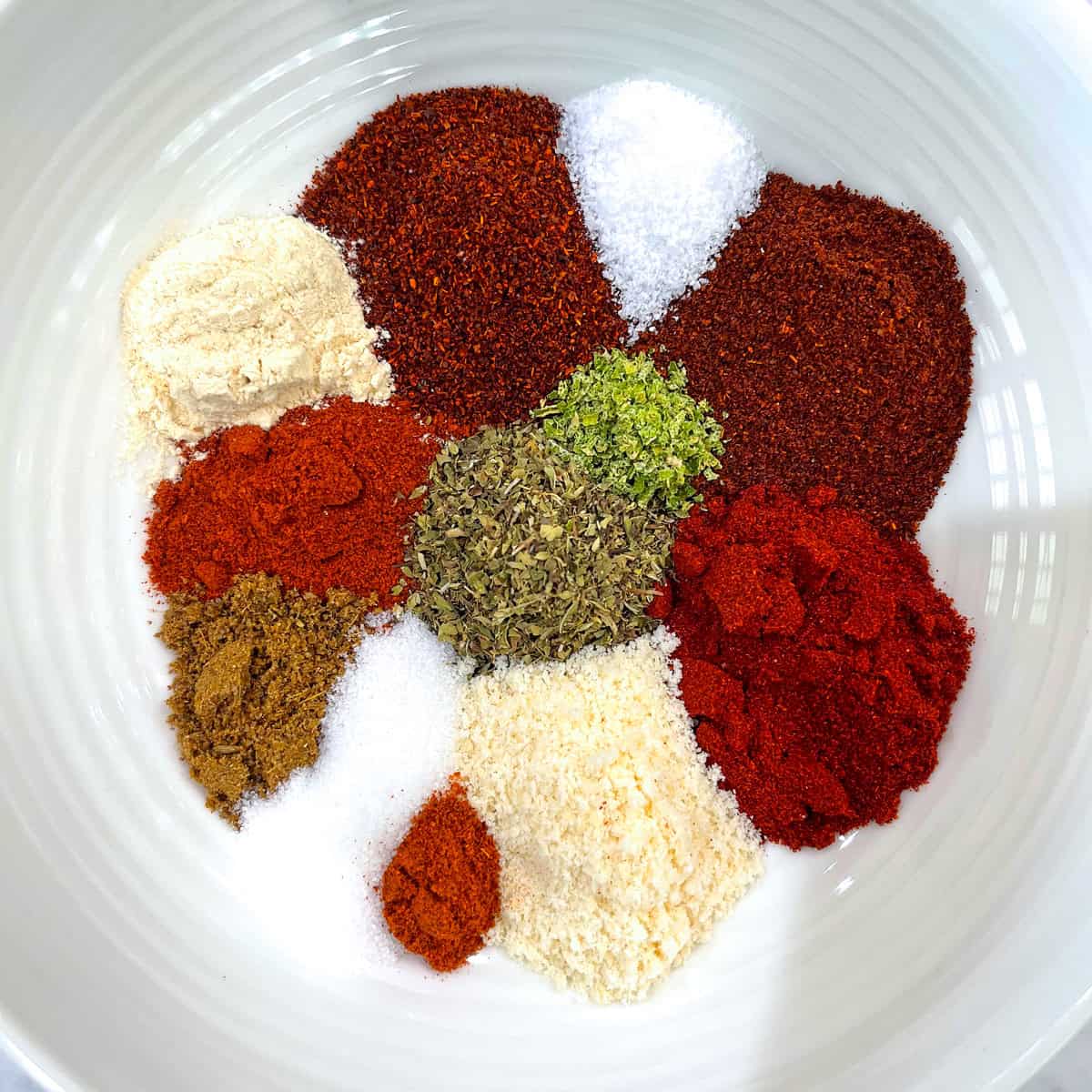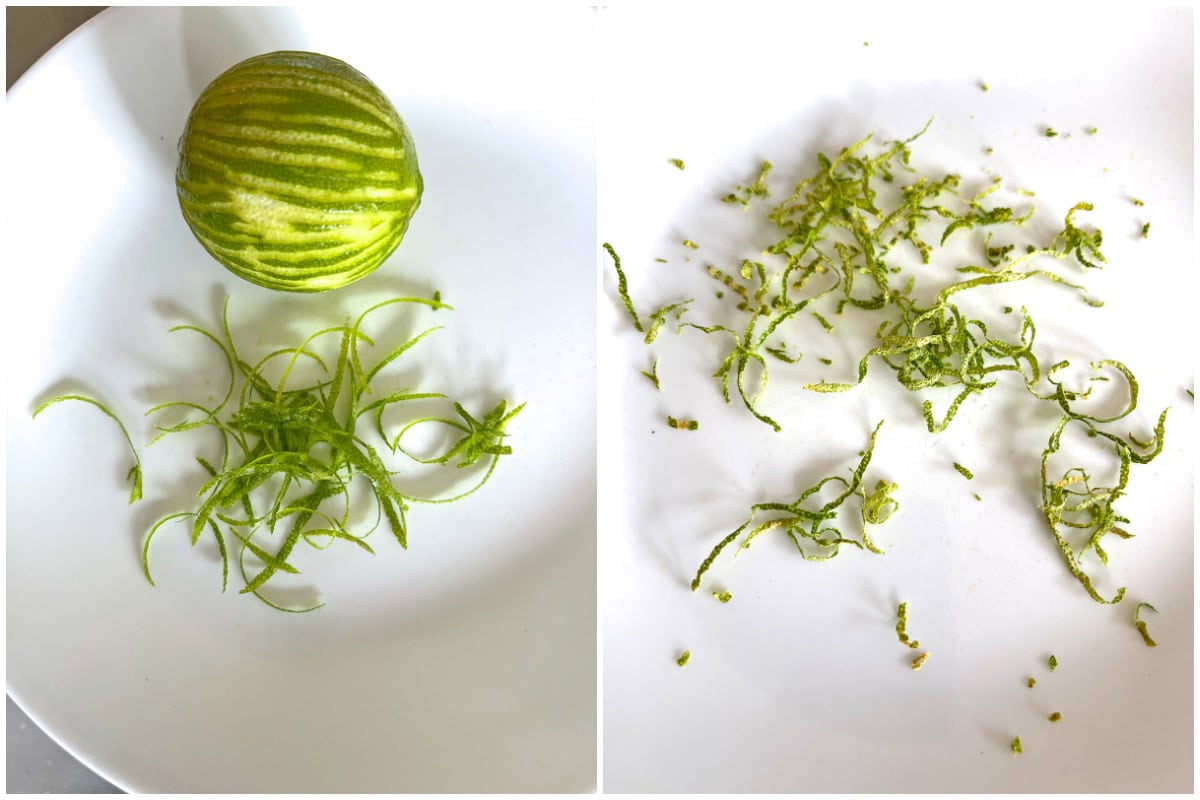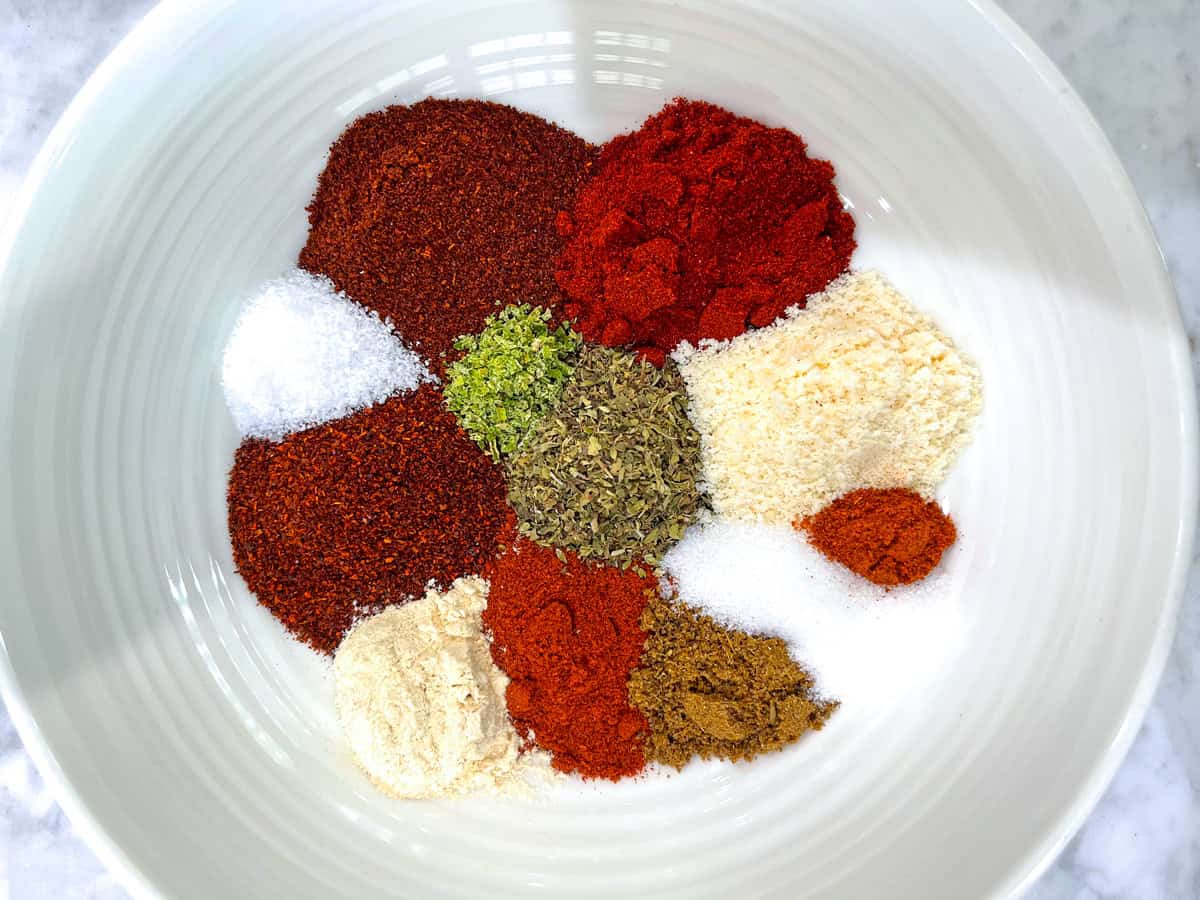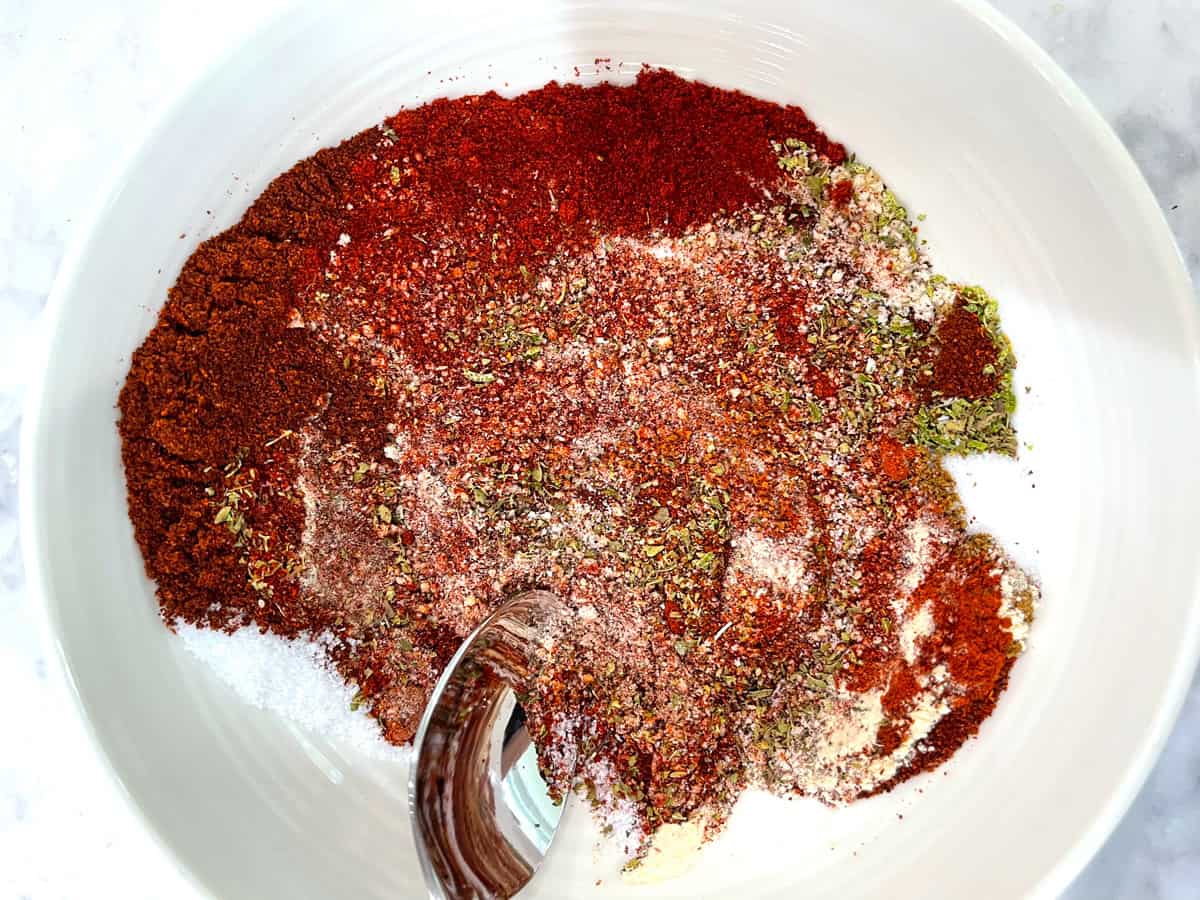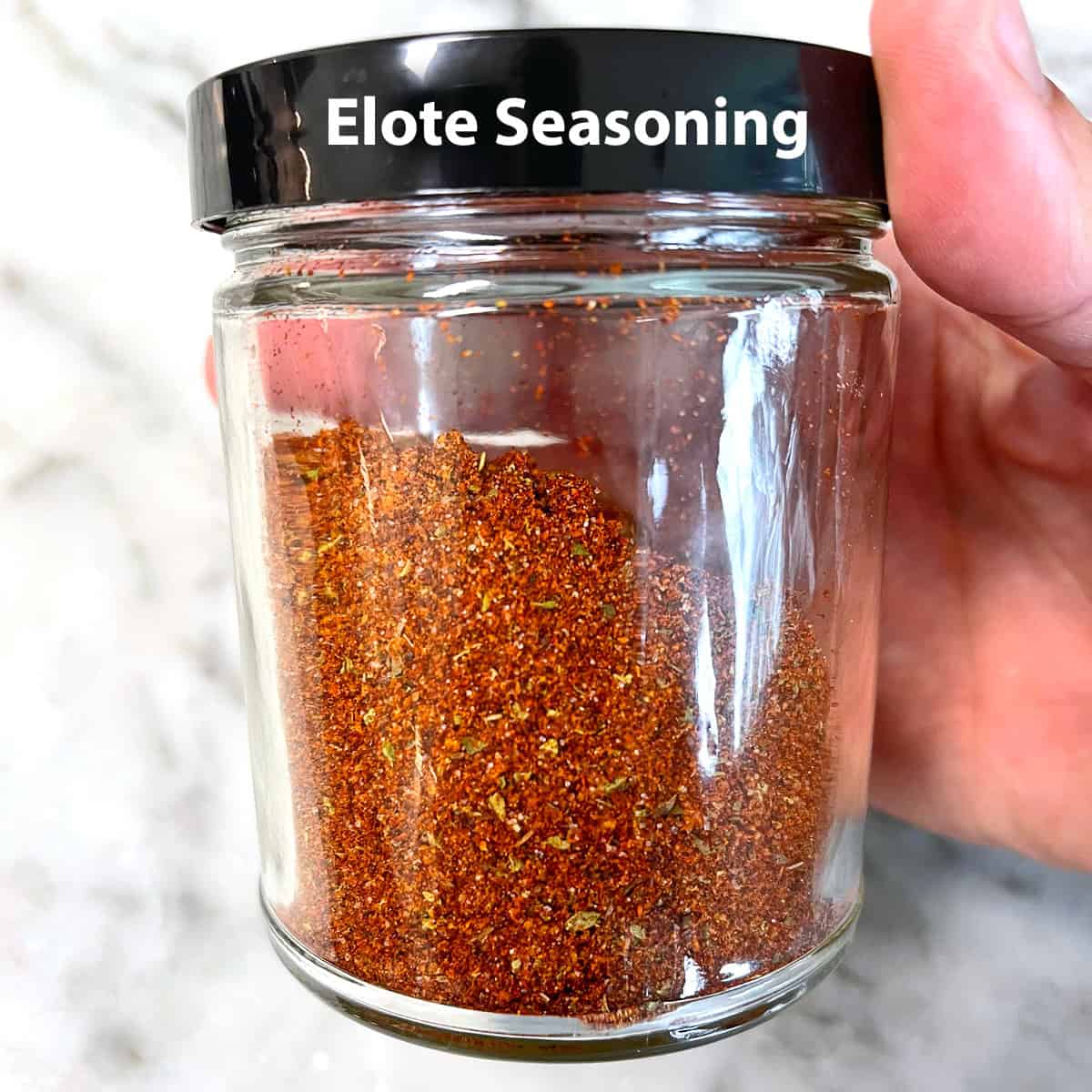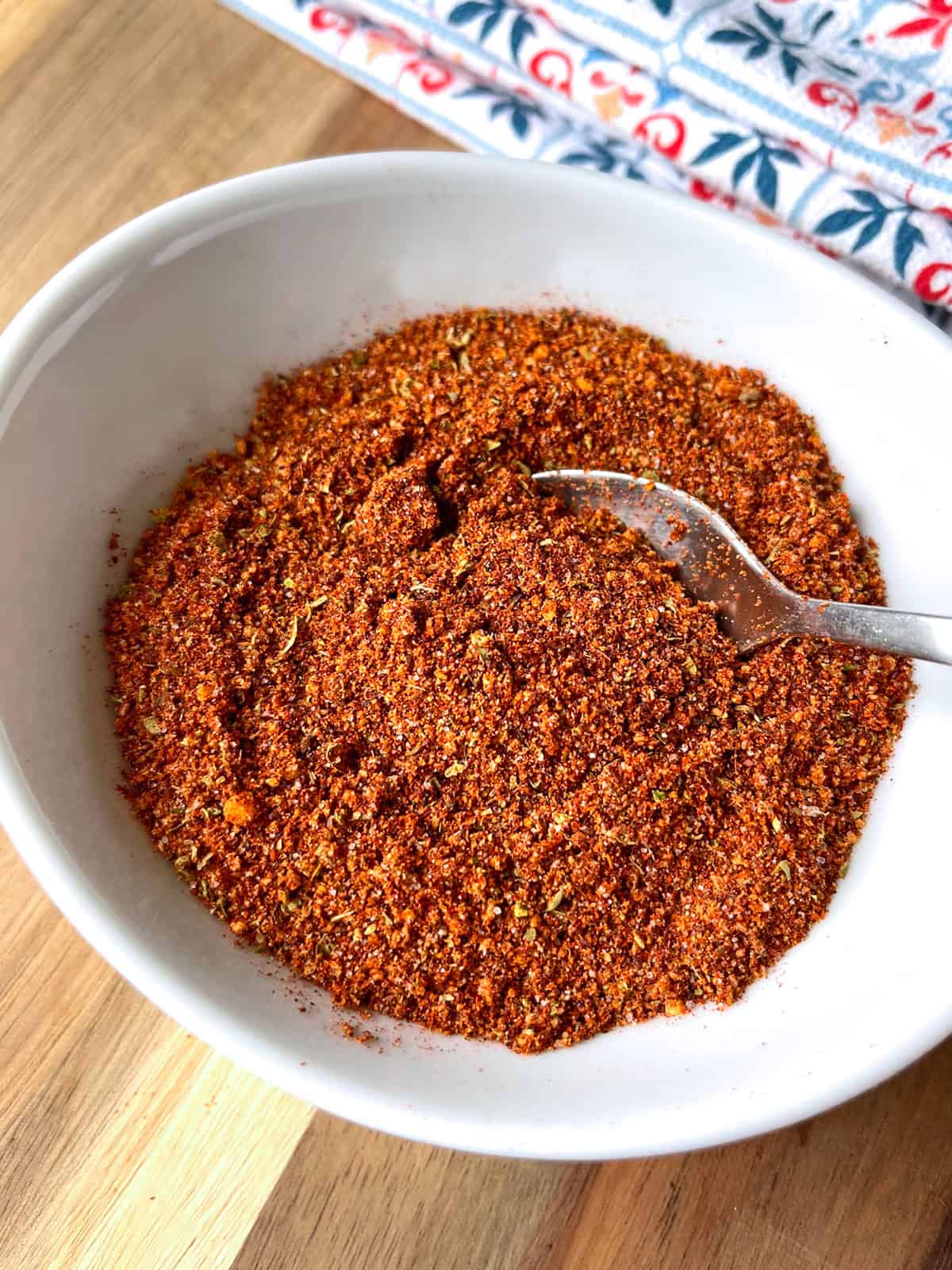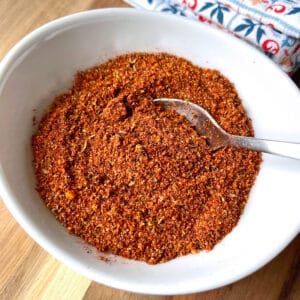This post may contain affiliate links. Please read our
disclosure policy
for more information.
You bought or made a metric ton of kimchi, and now you’re starting into the abyss of your fridge, pondering the age-old question: “How long can I hang onto this stuff before it turns into a science experiment?” Yep, been there, done that. But fear not, my fellow fermenter, because we’re about to dive into how to keep your kimchi kimchi’ing. (Didn’t know that was a verb, did you? It’s not, but I like it, so we’re usin’ it.)

How Long Does Kimchi Last?
If you wanna get right down to the nitty gritty and talk about the shelf life of kimchi, let’s do it!
So how long does it last? Well, it depends on where you store it:
At Room Temp: Kimchi left at room temp will last about 1 week after opening.
In the Fridge: Kimchi stored in the fridge lasts significantly longer than room temp kimchi. 3 to 6 months, to be specific, and it will continue to ferment there, so the longer you leave it, the more sour it will become. If you like kimchi when it’s milder and crunchier, you might not enjoy it after the 3 month mark, as it tends to become mushier and more sour.
Of course, there’s lots more info that goes into kimchi’s shelf life than just this. So let’s dive deep (into a pool of kimchi) and swim through the facts. Ready?

What is Kimchi?
At its core, kimchi is a living testament to the wonders of fermentation, and it’s also teeming with beneficial bacteria, which is what gives it its signature tangy kick. But let’s start at the beginning and talk about the history of this delectable dish. Back in the day, when South Korea was just a blip on the historical radar, home cooks were whipping up batches of kimchi to survive some very bone-chilling winters and the food became part of their cultural heritage. Armed with napa cabbage and a variety of spices, they created a dish that would stand the test of time.
These days, there are many different types of kimchi. From the classic napa cabbage kimchi to the more adventurous radish oi sobagi, there’s a kind for every palate. And don’t even get me started on the vessels used to ferment this goodness. Earthenware pots have been the go-to choice since, like, forever. Kimchi is kinda like a time capsule of flavor. Whenever you’re chowing down on its tangy goodness, you’re basically tasting history.
- Rich in probiotics, such as Lactobacillus, which promotes gut health
- Aids digestion by balancing gut flora
- Packed with vitamin C, potassium, and calcium
- Low-calorie and low-fat content
- Strengthens the immune system
- Enhances nutrient absorption

Factors that Affect the Shelf Life of Kimchi
Now, let’s talk about some of the factors that can make or break your kimchi’s shelf life.
- The Type of Kimchi: Are you dealing with grocery store kimchi? Or a homemade batch prepared the traditional way? While both have their merits, homemade kimchi contains fewer preservatives, meaning it may have a shorter shelf life than its store-bought counterpart.
- Ingredients: The beauty of kimchi lies in its simplicity. The main ingredient is cabbage, then salt, and spices (and love of course). But if you’re getting creative with your kimchi concoctions, be mindful of ingredients like fish sauce and shrimp paste, which can alter both flavor and shelf life.
- Storage Methods: Airtight container is the name of the game. Whether you’re using mason jars, kimchi containers, or some good ol’ fashioned Tupperware, make sure your container of choice seals in flavor and keeps out unwanted odors. You’ll also want to keep it out of direct sunlight.
- Use-by Dates: While kimchi is known for its long shelf life, be sure to pay attention to any expiration dates on your store-bought kimchi, cuz nobody wants to gamble with questionable kimchi.
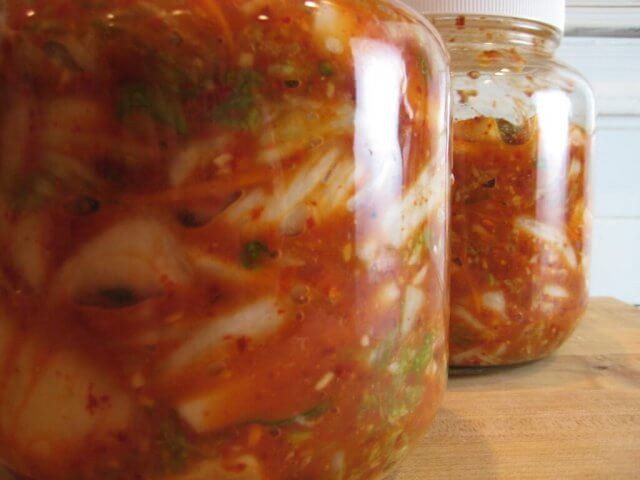
Signs of Spoilage
As much as we love kimchi, there comes a time when we must bid farewell to this fermented treasure. Here are some telltale signs that your kimchi is past its prime:
- Unpleasant Odor: While kimchi is known for its pungent aroma, any kind of sour smell may mean that it’s gone bad. Trust your nose. If the smell of kimchi is off, it’s best to toss it.
- Texture Change: Fresh kimchi should have a crisp, crunchy texture. If you notice mushiness or sliminess, your kimchi has started to deteriorate.
- Visible Mold: Spotting mold growth on the surface of your kimchi is a clear indicator of spoilage. Definitely toss it!
- Off-putting Taste: Kimchi should have a tangy, slightly spicy flavor with hints of fermentation. If it has a super sour, bitter, or funky taste, it’s time to bid it adieu.
When it comes to foodborne illness, kimchi is considered low-risk due to its high acidity and beneficial bacteria content. However, consuming spoiled kimchi can still lead to gastrointestinal issues, so it’s best to err on the side of caution. When in doubt, throw it out!

How to Maximize the Shelf Life of Kimchi
Now that you know how to identify spoiled kimchi, let’s talk about the best ways to maximize its shelf life:
- Choose the Right Container: Keep it in an airtight jar like glass or a special kimchi container (meant for fermented foods) to keep air and moisture out. This will keep spoilage at bay and maintain the flavor of your kimchi. It will also keep its healthy bacteria healthy!
- Mind the Temperature: Opt for the fridge over room temperature. A cool place will slow down the fermentation process and extend its shelf life.
- Refrain from Any Additives: Stick to traditional kimchi recipes and avoid introducing additives that may affect the fermentation process or accelerate spoilage. Keep it simple!
- Freezing Tips: If you have leftover kimchi, consider freezing it for later use. Pack your kimchi into freezer-safe containers, leaving room for expansion, and label with the date. Frozen kimchi can last for 12 to 18 months in the freezer, but we recommend eating it within the first 3 months for the best quality.
- Safe Thawing Methods: When thawing frozen kimchi, let your refrigerator gradually do the work to preserve its texture and flavor. Avoid quick thawing methods like microwaving. It can affect the quality of the kimchi.
- Labeling: Keep track of the age of your kimchi by labeling your containers with the date of preparation or purchase. This will help you keep tabs on its freshness and allow you to enjoy it at peak freshness.

Endless Kimchi Possibilities
Here are a few different ways to add Kimchi to everyday dishes. You can use kimchi straight from the jar or mash it into a kimchi paste for easy spreading!
- Kimchi Quesadillas: Spread a layer of kimchi between tortillas and add a little shredded cheese for a zesty twist on the classic quesadilla.
- Kimchi Tacos: Fill taco shells with cooked protein, like grilled chicken, ground beef, or tofu, and top with kimchi for an amazing taco experience.
- Kimchi Soup: Add kimchi to a pot of broth with vegetables and protein for a yummy, satisfying soup.
- Kimchi Hot Dogs: Kimchi on hot dogs might sound strange, but trust us. It’ll have you coming back for seconds!
Check out our popular recipe Kimchi Ramen.
FAQs
How long does it take for kimchi to ferment?
The fermentation process for kimchi typically ranges from a few days to a few weeks, depending on temperature and ingredients. Some kimchi enthusiasts prefer their kimchi freshly made, while others enjoy the complex flavors that develop in the kimchi over time.
Can I store kimchi at room temperature?
While kimchi is traditionally fermented at room temp before being moved to the fridge, storing it at room temperature for an extended period of time can over-ferment and possibly spoil your kimchi. It’s best to store kimchi in the fridge to maintain its freshness and flavor.
Can I use a plastic container to store kimchi?
While plastic containers or plastic bags can be used to store kimchi, it’s important to choose ones that are airtight to prevent air and moisture from reaching your kimchi. Glass jars, mason jars, and specialized kimchi containers like the e-jen container are also popular choices for storing kimchi.
Crazy for Kimchi!
We hope you enjoyed this ultimate guide to storing kimchi and that you’re now equipped to be a kimchi storing masterrrr!
Now, we want to hear from you! Do you have any tips for storing kimchi? What’s your favorite kimchi dish? Got any great kimchi recipes or some unique things you put it on? Whatever you favorite way to enjoy kimchi, we’d love to hear about it! Share your thoughts in the comments below. Let’s keep the convo going and continue to explore this wonderful fermented food together.
Until next time, happy fermenting! 🥬✨
This post may contain affiliate links. Please read our
disclosure policy
for more information.





